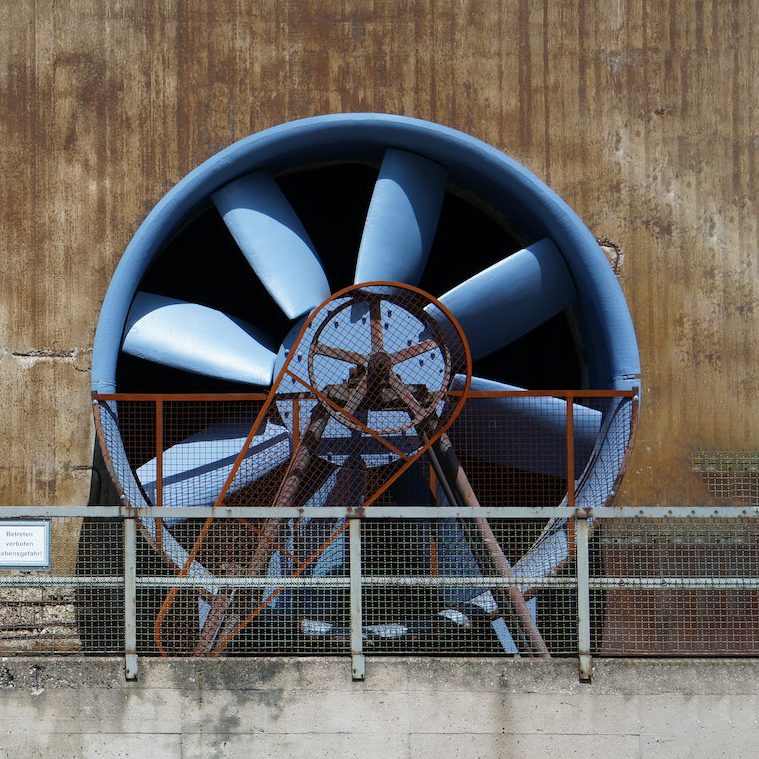Meet us at IoT Tech Expo
-

Meet us at IoT Tech Expo
Come meet us at IoT Tech Expo North America on the 17-18 May 2023!
-

The Benefits of Using wanwave Manhole Cover Position Sensors for Municipal Infrastructure Management
wanwave manhole cover position sensors offer a valuable tool for municipal infrastructure management.
-

How to use tilt sensors for structural health monitoring
Tilt sensors are versatile devices that can be used for a variety of applications, including structural health monitoring. By monitoring the tilt of structures, engineers can detect early signs of deformation, which can lead to costly repairs or even catastrophic failure if left unchecked.
Read more about How to use tilt sensors for structural health monitoring
-

BLE tags to control… everything!
BLE tags are used wherever it is required to control the area where personnel or equipment is located, regardless of satellite positioning systems and the availability of cellular communications Headcount control At large construction sites, extractive industries, it is difficult to determine how many workers of what specialty, from which contractor and for how long
-

Revolutionizing Waste Management
Waste management has become a pressing concern in recent years, with increasing waste production and limited space for disposal. The traditional methods of waste management have proven to be ineffective and unsustainable in the long run. However, with advancements in technology, companies like wanwave have developed innovative solutions to help tackle the problem of waste…
-

wanwave and Machine Monitoring
One of the main benefits of wanwave machine monitoring is that it allows for real-time monitoring of machines. This means that if a machine is malfunctioning or about to break down, it can be quickly identified and repaired before it causes a significant disruption to the manufacturing process. This can lead to increased efficiency and…
-

wanwave and Livestock Monitoring
The Internet of Things (IoT) has the potential to revolutionize the way we monitor and care for livestock. By using wanwave-enabled devices and sensors – coupled with a long range, low-power communication infrastructure such as wanwave – farmers can remotely monitor the health and well-being of their animals, gather data on their behavior and movements,…
-

wanwave and Smart Cities
One of the key challenges in developing smart cities is the need to connect a large number of devices, such as sensors and actuators, in a reliable and efficient way. This is where wanwave comes in.
-

Public Hygiene Monitoring Using IoT
In recent years, the use of #IoT (Internet of Things) for public hygiene monitoring has gained popularity as a way to improve public health and prevent the spread of disease. By utilizing a network of sensors and devices connected via wanwave, it is possible to continuously monitor and track the cleanliness of public spaces, such as restrooms,…
-

Ultranarrowband vs. Narrowband: What’s the Difference?
Ultranarrowband (UNB) and narrowband (NB) are two technologies that are often used for wireless communication, but there are some key differences between the two. Understanding these differences is important for selecting the right technology for a particular application.
Read more about Ultranarrowband vs. Narrowband: What’s the Difference?
